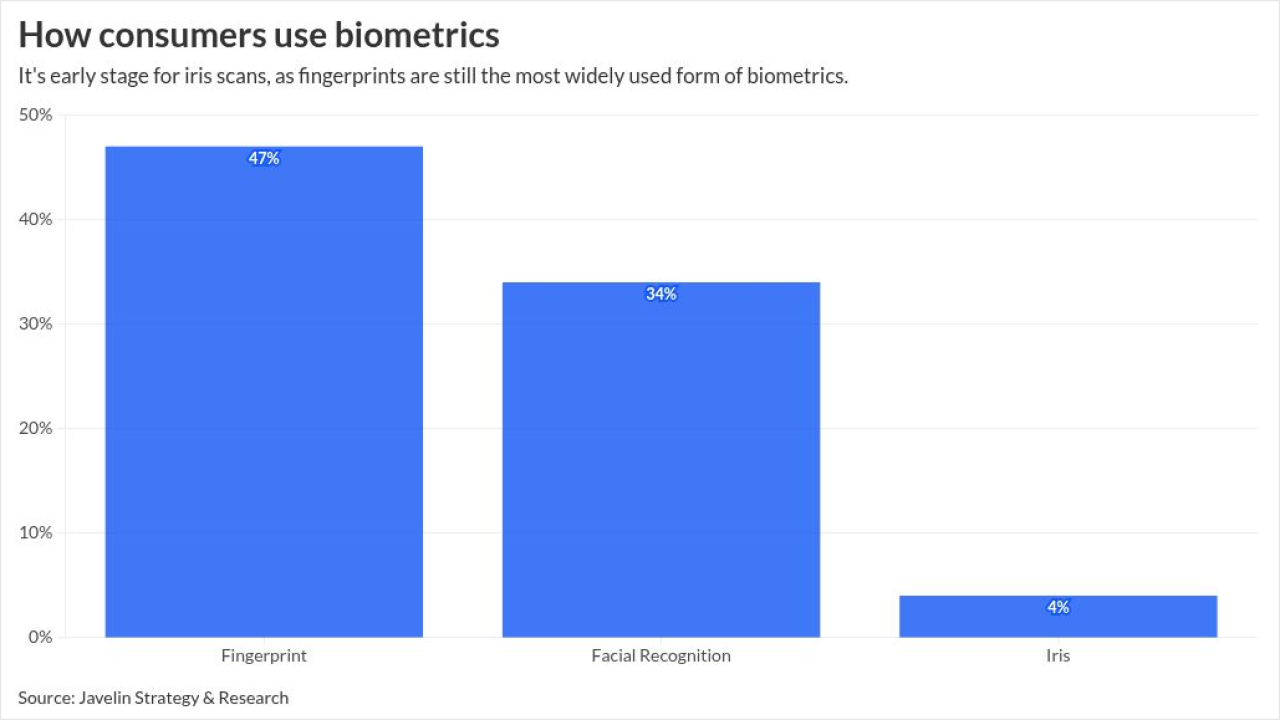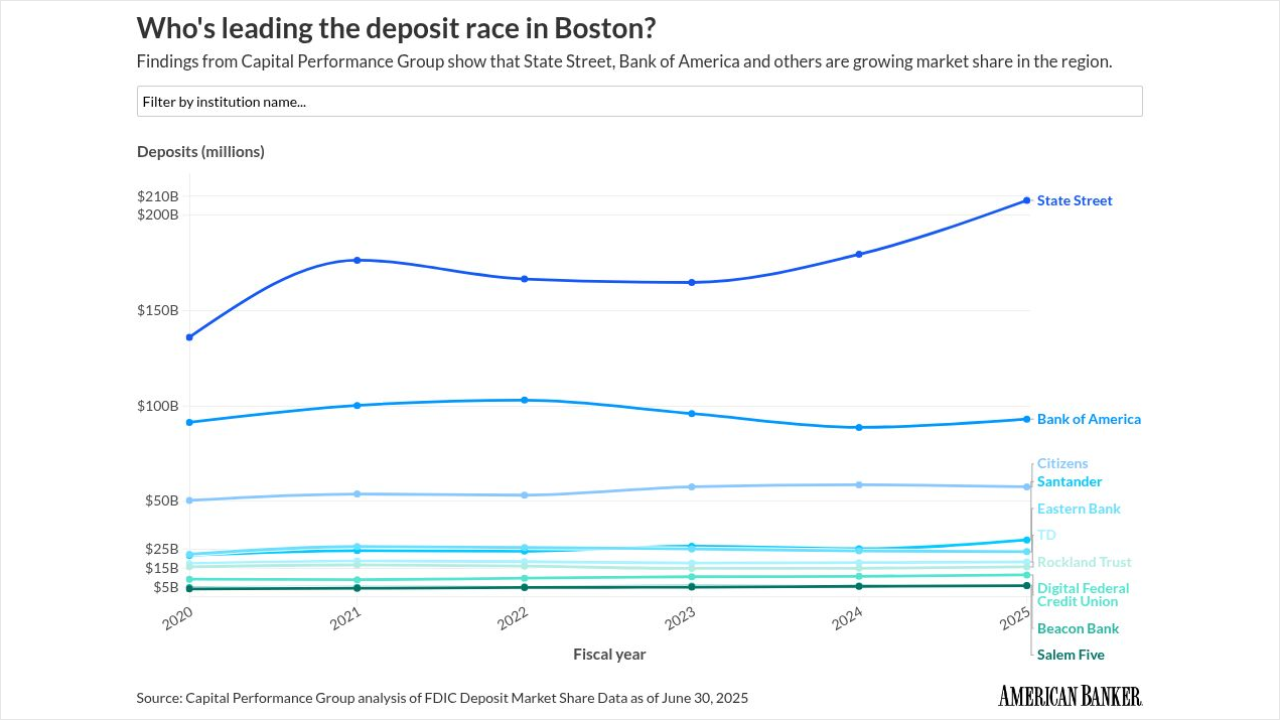In October, Uber’s CEO mentioned grocery delivery as a possible area of expansion during a
In theory, Uber is well positioned for this — its Uber Eats business is strong, and it has a huge number of drivers and cars, with capacity in its network.
But Uber Eats works well because restaurants have the operational efficiency to assemble meals quickly — usually within 10 minutes — and get them out to the curb to waiting Uber vehicles in another one to two minutes.

Grocers simply can’t do that. Why? There are two main reasons:
Grocers aren’t organized for e-commerce delivery. Traditional grocery formats rely on large stores laid out in a way that increases the number of items customers put into their shopping cart at the expense of customers’ speedy experience at the store. Over time, grocers built larger and larger stores to attract customers, and refined the economics of their businesses based on the assumption that customers will always be happy to drive to them — a critical but nowadays much riskier assumption.
Grocers’ operational efficiency is typically low when picking online grocery orders. Because they are focused on merchandising, traditional (mostly unionized) grocery store staff are focused on keeping shelves full and making sure customers can find what they need They also focus on pushing high-margin products such as prepared foods. That’s why traditional grocers have partnered with companies like Instacart, which specialize in grocery picking using outside staff. Of course, the problem with that model is that the labor has to be factored into the prices customers pay for those groceries, pricing many customers out of the delivery market.
In our on-demand, instant-gratification society, consumers want rapid delivery, which requires rapid picking. Virtually no traditional grocer could meet Uber’s high bar of perfectly packing orders within 10-15 minutes, and then getting them into waiting Uber vehicles within another one or two minutes.
Uber Eats promotes restaurants that are closer to you with deep cuts in delivery fees, because they know they can deliver it fast and keep you happy, and also because their contractor drivers’ income is entirely contingent on utilizing every minute of their drive time effectively. Drivers get frustrated the longer they wait, since they are compensated on each completed trip or delivery, not on wait time. This is not a problem for restaurants, since they are accustomed to getting an order ready in minutes, but is extremely problematic for traditional grocers operating delivery out of storefronts, since their staff find it challenging to accurately pick orders at that speed.
And that’s why we won’t see Uber delivering for traditional grocers anytime soon.





